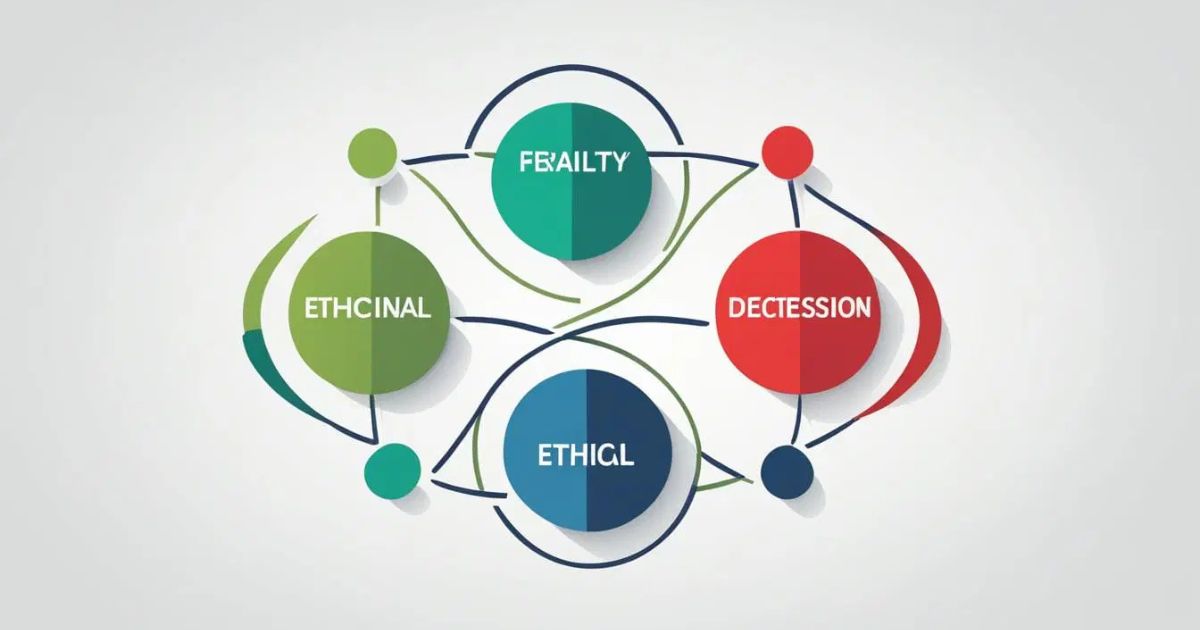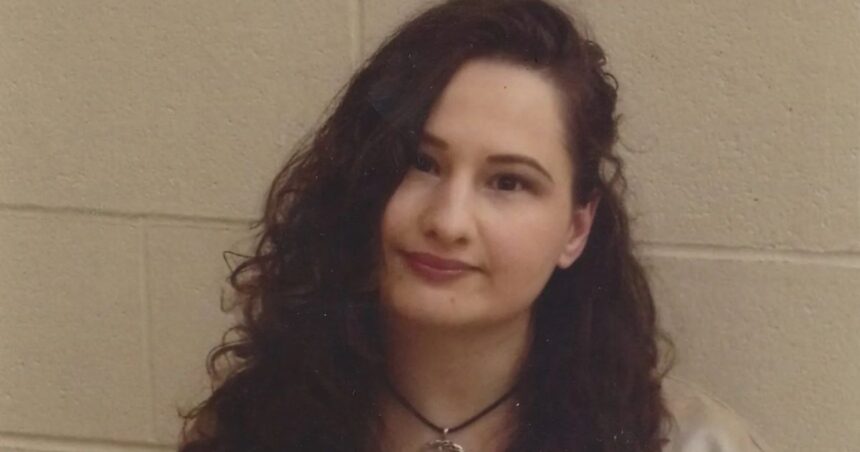The murder of Dee Dee Blanchard, orchestrated by her daughter Gypsy Rose Blanchard and her boyfriend, Nicholas Godejohn, shook the true crime world and sparked debates that continue today. The case is not just about the tragic crime itself but also unravels complex psychological, legal, and moral dilemmas. At its heart is a story of abuse, control, desperation, and the drastic measures taken to break free.
Crime scene photos have played a critical role in shaping the narrative around this case. For true crime enthusiasts, they are fragments of the puzzle, offering insights into a story of betrayal and the long-term effects of manipulation. But they also challenge us to think about justice, morality, and the limits of empathy.
This blog dives into the Gypsy Rose Blanchard case, analyzing the crime, the evidence, and its unsettling implications.
Who Were Dee Dee and Gypsy Rose Blanchard?
At first glance, Dee Dee and Gypsy Rose appeared to be a loving mother-daughter pair. Dee Dee, a devoted mom, appeared to be fiercely protective of her disabled daughter, Gypsy, who was portrayed as terminally ill, fragile, and wheelchair-bound. Hospital visits, doctors’ appointments, and charitable acts poured in from the public to support what seemed like a tragic situation.
But all was not as it seemed. Dee Dee’s meticulous façade fell apart in the horrifying aftermath of her death in June 2015. Gypsy was no victim of terminal diseases; she was a victim of her own mother. The truth unraveled revealed that Dee Dee had been suffering from Munchausen syndrome by proxy—a psychological condition in which a caregiver exaggerates or inflicts illness on someone in their care to gain sympathy or attention.
Gypsy was subjected to unnecessary medical treatments, forced to use a wheelchair, and denied independence for years. And when desperation mounted and an opportunity arose, Gypsy, with her boyfriend Nicholas Godejohn, devised a plan to kill Dee Dee and escape her abuse.
What Crime Scene Photos Revealed
Crime scene photos can often shed light on the moments leading to and following a crime, and Dee Dee Blanchard’s murder was no exception. Though this blog doesn’t share explicit imagery, it’s important to understand their role in piecing together the investigation.
Dee Dee’s body was found in her home in Springfield, Missouri. She was stabbed multiple times, with blood covering the bed where she lay. Crime scene photographs provided crucial evidence about the nature of the crime, including information about the violence involved, the timeline of events, and the message left behind.
Props like gloves, knife wounds, and items belonging to Nicholas pointed to Nicholas’s physical involvement, but these photos also told a deeper story of Gypsy’s emotional state. Whether her role was purely one of desperation or premeditation became essential in court deliberations, and the prosecution used these visuals extensively.
The Psychology of Desperation and Control
One can’t truly understand this case without considering the psychological factors at play. Gypsy endured years of medical abuse, isolation, and gaslighting under her mother’s control. Forced to pretend she was ill and weak, Gypsy’s sense of reality and self-worth was shaped entirely by Dee Dee’s manipulations.
The psychological chains Dee Dee put on Gypsy weren’t just oppressive—they were all-encompassing. Munchausen syndrome by proxy (MSBP), the condition attributed to Dee Dee, makes it nearly impossible for victims to discern their own truth. For Gypsy, learning the reality of her health and her mother’s lies were watershed moments, pushing her further toward desperation.
Nicholas Godejohn, who helped carry out the murder, also faced psychological challenges, including autism spectrum disorder and diminished capacity. This case is a haunting reminder of the intersection of mental health and criminal acts, raising the question—when is a crime committed out of choice, and when is it the product of years of psychological abuse?
Moral Dilemmas and Legal Strategies

The courtroom was a charged battleground, especially during Gypsy’s trial. Her defense revolved around the abuse she suffered. Public sentiment was divided—she was a criminal by law, but was she morally guilty?
Gypsy Rose eventually pleaded guilty to second-degree murder and was sentenced to 10 years in prison. Nicholas Godejohn, on the other hand, received life without parole. The disparities in sentencing reflected their distinct roles but also left many questioning the justice system’s understanding of abuse survivors.
Dee Dee’s abuse was the root cause of the crime, but the law’s rigidity doesn’t always accommodate such intricacies. Was Gypsy’s punishment necessary or excessive? Should the justice system do more to differentiate failure under duress from premeditated actions?
The Public’s Fascination
The Gypsy Rose Blanchard case ignited widespread public interest, inspiring documentaries such as Mommy Dead and Dearest and Hulu’s series, The Act. True crime enthusiasts poured over every detail, debating Gypsy’s intentions, Nicholas’s culpability, and Dee Dee’s crimes against her daughter.
But the case also sparked moral and ethical debates. Were Gypsy’s actions justified? Was this murder an act of rebellion or liberation? And what does justice look like for someone with such a tragic history?
It’s a haunting story that forces us to acknowledge difficult realities about abuse, the limits of legal frameworks, and the blurred lines between victimhood and agency.
Lessons from the Blanchard Case
This case leaves us with more questions than answers, but it also advances vital discussions. It highlights the need for greater awareness of psychological abuse, for systems in place to protect vulnerable individuals, and for nuanced responses within the legal system.
For true crime enthusiasts, the fascination isn’t just the crime itself but the broader implications it uncovers. For psychology students, it’s a case study in the devastating impacts of Munchausen syndrome by proxy. And for mystery lovers, it proves reality is often stranger—and darker—than fiction.



